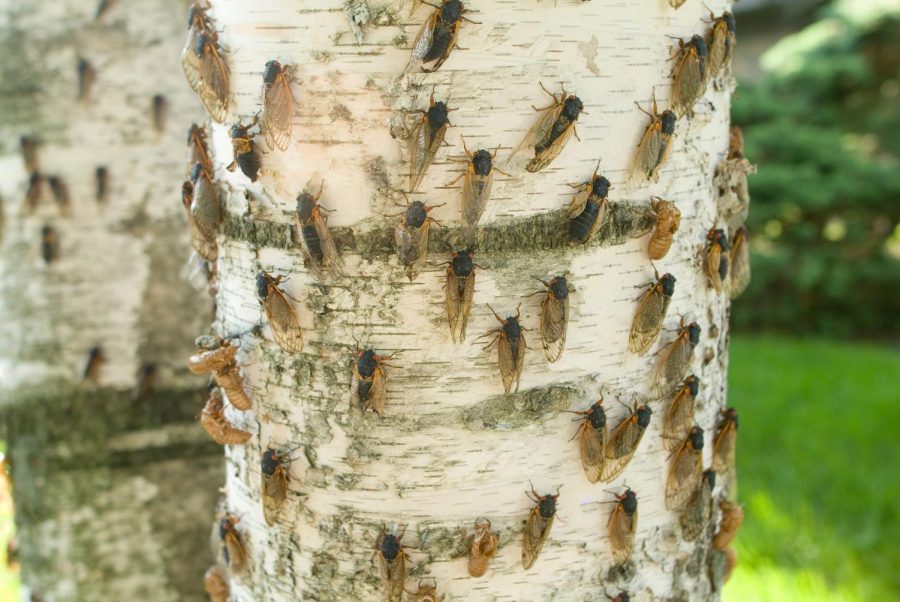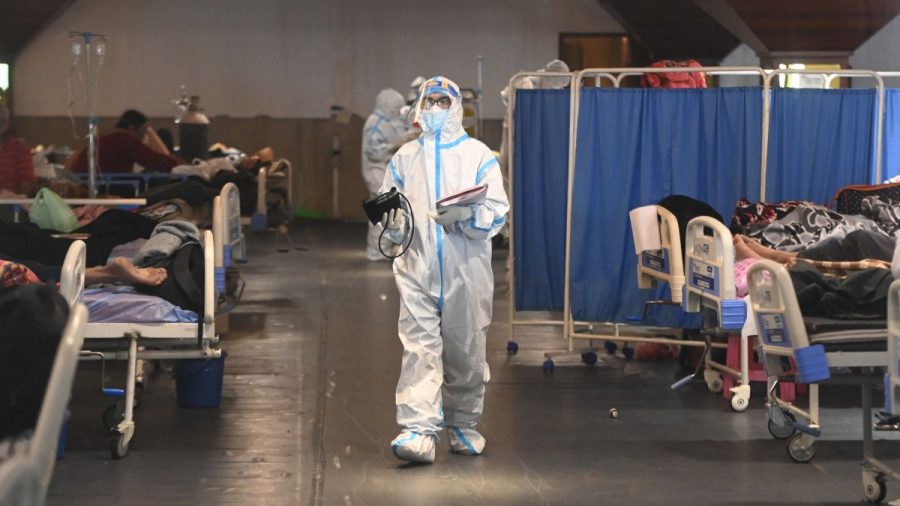On October 1, 2018, Professor Pat Lord in the Department of Biology hosted Dr. Sabrina Sholts, who gave a lecture to faculty and staff titled “Anthropology, Infectious Disease, and One Health in the Anthropocene.” Sholts, a biological anthropologist at the Smithsonian’s National Museum of Natural History, is the curator of the new exhibit “Outbreak: Epidemics in a Connected World.” One of the focal points of the showcase is understanding what causes disease outbreaks and how can they be stopped.
According to their website, the Natural History’s, “4,250-square-foot exhibition invites visitors to join epidemiologists, veterinarians, public health workers, and citizens of all ages and origins as they rush to identify and contain infectious disease outbreaks. Case studies of HIV/AIDS, Ebola virus and influenza highlight the social and emotional fallout of outbreaks — for victims, their loved ones, and society overall. Objects from both the National Museum of Natural History and National Museum of American History collections illustrate the scientific and cultural impact of epidemics.”
As Dr. Sholts described in her talk, the exhibition features models, games, figures, multimedia presentations, interactive displays and more. A unique feature of this presentation is the “DIY Outbreak” initiative.
This program, which provides guidelines and templates for translation and customization, really enables the information to be used most effectively by different communities and make a difference, Sholts conveyed.
Lord, who teaches a First Year Seminar (FYS) titled “Outbreak: Coming Soon to a Neighborhood Near You,” thought the DIY initiative was a fun and engaging manner to learn about viral outbreaks.
Lord said, “I think it’s an awesome way to learn about the connection between humans and the environment and animals, and that it’s all interrelated into the ‘One Health’ of all of us. Not only do I think it has important information, but I saw it as a great learning tool for my First Year Seminar students that would engage them in a way that was probably more genuine to what they will all do, since a great number of them aren’t [planning to be] biology majors.”
Members of Lord’s FYS greeted a steady stream of visitors when the exhibit launched Tuesday night. Similar to the setup at the Smithsonian, Wake’s setup featured multimedia presentations, interactive games and models, and over a dozen educational posters.
In a joint interview, freshmen Maya Gemson and Carter Bell, students in Lord’s FYS, shared their excitement at seeing the display come to fruition. Gemson think it’s cool how they could use the Smithsonian’s professional documents, which not everyone has access to, and Bell enjoyed the challenge of figuring out the layout and how to convey the most important information.
A few facts we talked about surrounded the distinction between an epidemic and a pandemic — a localized viral outbreak and a global viral outbreak, respectively. Bell and Gemson also stressed how diseases are more resilient than we typically think, and what steps we can take to reduce the spread of viruses — chief among them vaccines, which prevent viruses from taking hold in the body.
More so, according to the poster from the Smithsonian, vaccines “pose no health risks that compare to the disease they prevent. Vaccines do not cause autism or ‘overload’ children’s immune systems.”
Along this line of thought, the opening Tuesday night offered free flu vaccines for students, something attendees were encouraged to utilize.
Conveyed in the material is the take-home message of ‘One World, One Health.’ In an era of unprecedented globalization, according to an infographic, “our world is connected more than ever before — by global travel and trade, by technology, and even by infectious diseases … As our population grows, we interact with animals and the environment in new ways that can cause disease outbreaks and epidemics.”
Sophomore Jack Lloyd, one of approximately 100 opening-night guests, found it interesting how many of our deadliest viruses are zoonotic in origin, meaning humans were infected from other organisms.
To understand more about viral pandemics, how they might affect you, and how to prevent them, check out Wake Forest’s Outbreak exhibit, open until December 7.
“This is a great exhibit, and I would totally recommend people come here,” Lloyd said.







